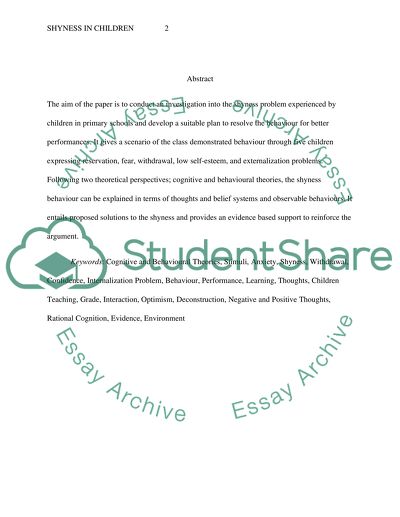Cite this document
(“Resolving Shyness in Children to Enhance Performances Research Paper”, n.d.)
Resolving Shyness in Children to Enhance Performances Research Paper. Retrieved from https://studentshare.org/education/1678371-shyness-in-children
Resolving Shyness in Children to Enhance Performances Research Paper. Retrieved from https://studentshare.org/education/1678371-shyness-in-children
(Resolving Shyness in Children to Enhance Performances Research Paper)
Resolving Shyness in Children to Enhance Performances Research Paper. https://studentshare.org/education/1678371-shyness-in-children.
Resolving Shyness in Children to Enhance Performances Research Paper. https://studentshare.org/education/1678371-shyness-in-children.
“Resolving Shyness in Children to Enhance Performances Research Paper”, n.d. https://studentshare.org/education/1678371-shyness-in-children.


